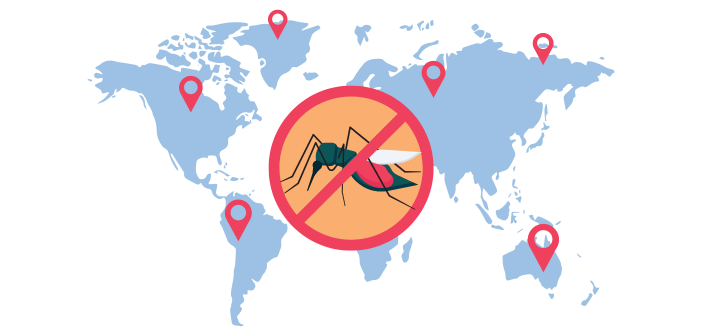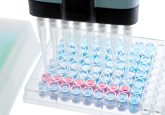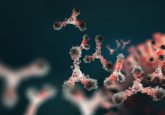New monoclonal antibody treatment for malaria: a breakthrough on the horizon?

A recent study published in The New England Journal of Medicine has highlighted a promising new approach to combating malaria using a monoclonal antibody. This approach could significantly enhance global prevention efforts, especially in young children most vulnerable to the disease.
Malaria remains the leading parasitic disease worldwide, with 94% of cases occurring in Africa. The deadliest strain, Plasmodium falciparum, is responsible for the majority of infections and fatalities, with 80% of deaths occurring in children under 5 years old.
From 2000 to 2015, international efforts reduced malaria incidence and mortality by 27% and 50%, respectively. However, recent years have seen a resurgence, with 249 million cases and 608,000 deaths reported in 2022, an increase of 35 million cases from 2015. Contributing factors are thought to include healthcare disruptions due to COVID-19, increased migration of malaria-carrying mosquitos, resistance to artemisinin drugs and insecticide resistance in mosquitoes.
In response to these challenges, researchers are exploring new avenues for malaria control. The World Health Organization recently approved two vaccines for children: RTS,S/AS01 and R21/Matrix-M. Despite this, neither has reached the desired 75% efficacy, prompting alternative efforts to combat the disease.
Monoclonal antibodies may offer one such novel solution. A previous Phase II trial in Mali tested a long–half-life monoclonal antibody, CIS43LS, in children. CIS43LS targets a specific conserved epitope on Plasmodium falciparum and is administered intravenously. The results from the trial were promising, demonstrating a protective efficacy of 75% at 10 mg/kg and 88% at 40 mg/kg doses. Given the encouraging results of CIS43LS, another long–half-life monoclonal antibody was developed, termed L9LS.
L9LS targets another conserved epitope in Plasmodium falciparum, and its ability to be subcutaneously administered offers a significant advantage over other treatments, as it is easier and cheaper than intravenous administration, while also enabling the antibody to be absorbed over a longer period.
You may also be interested in:
- Infographic: monoclonal antibody production strategies using phage display vs in vivo immunization
- Uncovering the unique and complex autoantibody patterns in rheumatoid arthritis
- Strategy and validation of a nonclinical generic plug-and-play antidrug antibody method for human monoclonal antibody biotherapeutics
After proving to be more potent than CIS43LS in preclinical experimental models, a Phase II trial was carried out. The trial involved 225 children aged 6–10 in Mali, randomly assigned to receive either 150 mg or 300 mg of L9LS, or a placebo. Over 6 months, researchers monitored the children for Plasmodium falciparum infections and clinical malaria episodes.
The antibody provided 66% protection at the 150 mg dose and 70% at the 300 mg dose against Plasmodium falciparum infections and for clinical malaria, efficacy was 67% and 77% for the respective doses. In contrast, 81% of the placebo group contracted Plasmodium falciparum, and 59% developed clinical malaria over the 6-month follow-up period. Additionally, no safety issues were identified during any stage of the study, irrespective of dose.
These findings suggest that a single dose of L9LS can offer significant protection for children during the malaria season. This new approach could complement or even replace existing prevention strategies, which face challenges such as complex dosing schedules and resistance issues.






